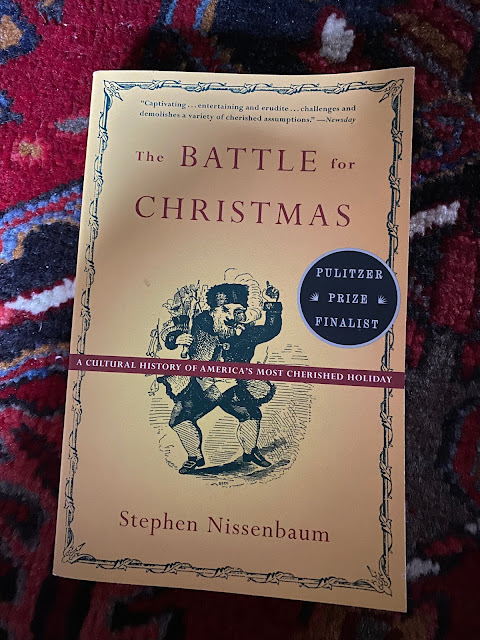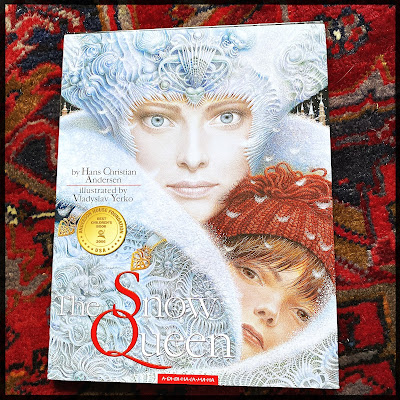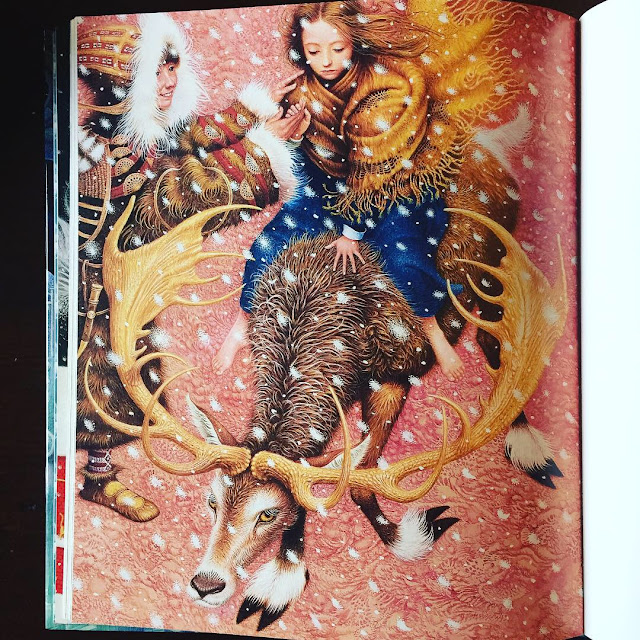I got a call from the laundromat where I drop off my stuff for wash, dry, and fold, and they’d been broken into. Whoever it was had rifled the laundry bags, and mine was light a couple of pounds. I was a little nonplussed. Maybe a junkie, or maybe just kids, random mischief. Maybe they thought they’d get lucky, and find rolls of quarters, who knows? But suppose somebody so desperate, they were looking through people’s dirty clothes hoping to find a pair of jeans that fit, or a sweatshirt. It’s like stealing from the Goodwill drop box, or diving the dumpster behind a supermarket for bruised fruit. There are people in this country who can’t imagine such a thing, just as there are people living hand-to-mouth, who can’t imagine it any other way.
The next thing that crossed my radar was in The New Yorker archive, a profile of David Simon while he was shooting the last season of The Wire. He remarks at one point that they’d taken the ideas of Greek tragedy, of fated, doomed people, and used them in the context of a contemporary urban environment. “Instead of these Olympian gods,” he says, “indifferent, venal, selfish, hurling lightning bolts, … postmodern institutions are the indifferent gods.” The social contract, in other words, has failed.
What this reminds me of is the postwar world of the 1940’s, noir and its discontents. The subtext of noir has always been the collapse of moral order, and the foreground has always been a rat in a maze. The indifferent gods are the forces of brute capital, in one reading, or simply the exercise of power. The noir hero is reduced to bare essentials, and pitted against Fate. He maneuvers across a hostile landscape, and internalizes the darkness.
Another
point, here, is that noir is often
about people on the margins. But this
goes back to the 20’s and 30’s. Warners,
for example, was more class-conscious – or more socially self-conscious – than, say, Fox. It’s the difference between Ida Lupino and
Greer Garson (and meaning no disrespect to Greer Garson, either), and there’s
an enormous contrast in social content between a movie like My Man Godfrey and Wild Boys of the Road. Jack
Warner got wise to Hitler early on, too, and wasn’t shy about speaking his
mind, although it cost the studio money:
It isn’t simply cynicism; that’s a misreading. It’s weariness, and mistrust, and the deeper paranoia that the Cold War brought. Look, for instance, at Shack Out on 101, or Pickup on South Street, or the almost definitive Kiss Me, Deadly. At the end, when Gaby Rodgers opens the case, and the white-hot Furies spill out, what is it that’s lured her to this Doom? The moth to the flame, it would seem.
Are we seeing something similar, in this uncertain and mistrustful present? Is the Zombie Apocalypse a metaphor for the dispossessed, or should it be taken literally? We internalize the darkness, and we seem to have fallen into a place that’s dangerously familiar. The noir world is narrow. It’s persecuted and conspiratorial. Nothing is what it seems. Authority is suspect. The only constant is treachery, each of us isolated in our fear.
We’re trapped in generic conventions, and we know the story ends badly. We’ve seen it before.





































